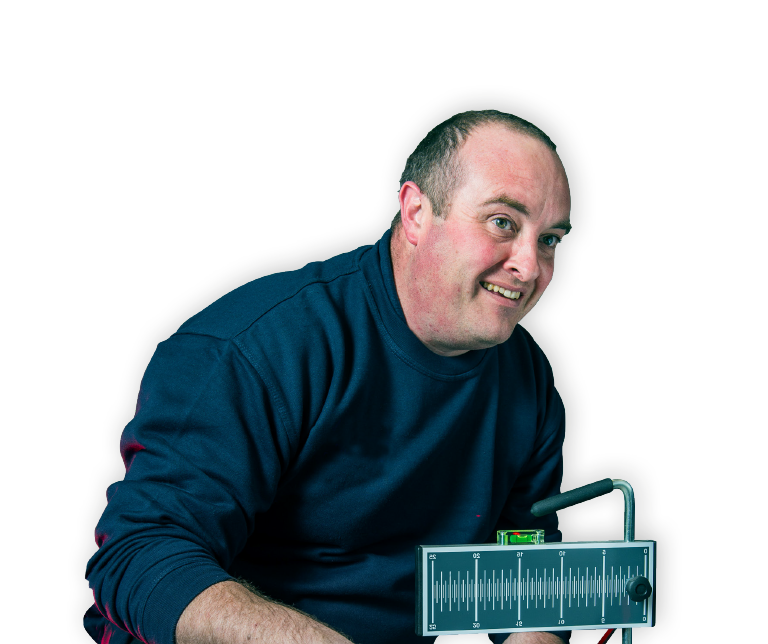Some ADAS features we consider when replacing a windscreen
Autonomous Emergency Braking (AEB)
More infoFatigue and Drowsiness Detector
More infoIntelligent Speed Assist (ISA)
More infoForward Collision Warning (FCW)
More infoLane Departure Warning (LDW)
More infoRoad Sign Detection
More info
Autonomous Emergency Braking (AEB)
AEB is a safety system built into vehicles, which uses RADAR or LIDAR (Light Detection and Auto Ranging) and windscreen mounted cameras or a combination to monitor the road ahead for other vehicles, pedestrians, and obstacles. This helps prevent potential accident situations. When a windscreen is replaced the ADAS systems will require recalibration, to ensure that they function correctly.
Fatigue and Drowsiness Detector
Drowsiness detection comes in various forms; steering pattern monitoring, vehicle position in lane monitoring, driver eye/face monitoring and physiological measurement. The technologies that use cameras to detect position will require recalibration after a new windscreen is fitted.
Intelligent Speed Assist (ISA)
also known as adaptive cruise control (ACC)
The ISA system uses a forward-facing camera mounted on the car and the vehicle's satellite navigation system to identify the speed limit. The calibration of the camera after the windscreen being fitted is crucial for the integrity of the vehicles ADAS technology.
Forward Collision Warning (FCW)
FCW uses radar, lasers, and cameras to scan the road ahead whilst driving. The system warns of an impending collision by detecting stationery or slowly moved vehicles ahead. The cameras, lasers and radar will require recalibration by the technician after a windscreen is replaced.
Lane Departure Warning (LDW)
also known as lane keep assist (LKAS)
LDW is a safety system, usually a small camera, often mounted at the top of the windscreen behind the rear-view mirror, that alerts the driver if it detects the vehicle straying out of the lane. Accurate calibration of the system is essential to measure the road.
Road Sign Detection
also known as Traffic Sign Recognition
Road sign detection works by using advanced forward-facing cameras, usually mounted to the windscreen, near the rear-view mirror. The recognises and relays traffic sign information to drivers via the instrument panel, multimedia, or heads-up display (HUD).
One stop for windscreen replacement and calibration
Why choose National Windscreens for ADAS calibration?
Our customers can rely on the fact that we are using the leading calibration technology available providing the widest possible coverage of all vehicle makes and models.
Customers will also receive a certificate to show the work has been completed to the individual manufacturer’s specification, further demonstrating the market-leading levels of customer service for which National Windscreens is already renowned.
National Windscreen work according to the Thatcham UK Insurance Industry Requirements (IIR) for the safe repair of ADAS equipped vehicles

100+ ADAS centres
75% of cameras require calibration in a workshop.
World leading ADAS calibration technology is available at our 100+ ADAS centres so they can provide windscreen replacement and camera calibration at the same time, meaning motorists will be able to drive away after only one visit.
By providing this high number of dedicated ADAS centres, National Windscreens is underlining its belief that outstanding customer service in this sector requires local presence which means that, on average, a UK motorist will never be more than 11 miles or 20 minutes away from a National Windscreens technician.
Find your nearest ADAS fitting centreMake an appointment now:
We're here to help 24 hrs every day
Chat with our support teamCosts depend on your insurance policy or you can choose to pay in full. Chip repairs are often FREE*.
